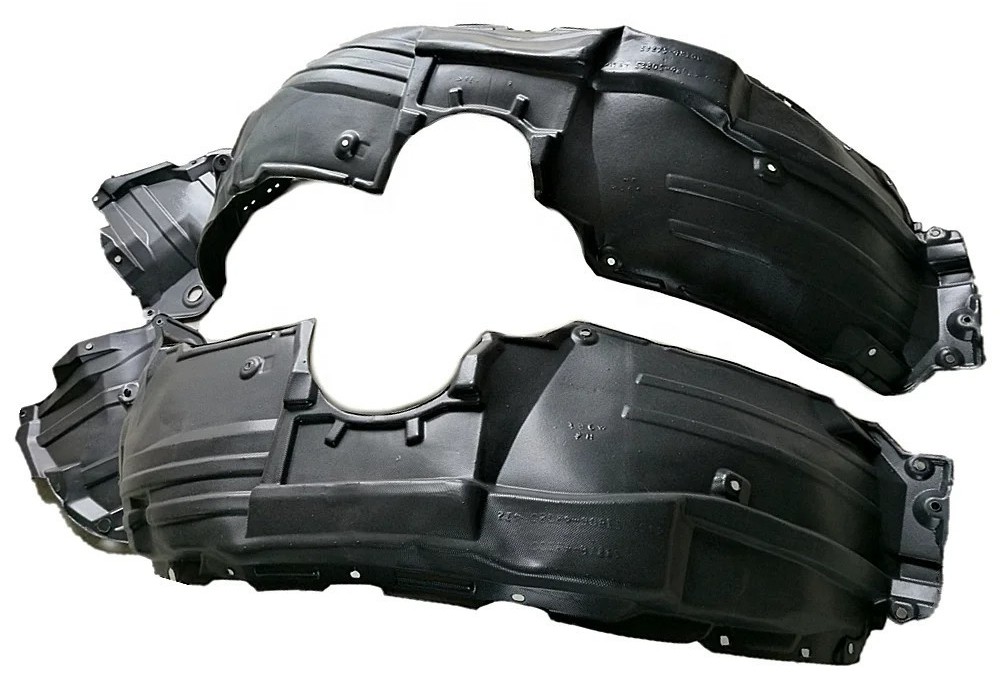How to soundproof and dampen noise in a motorhome – Create a quieter and more comfortable journey
Soundproofing a motorhome is an investment in both comfort and well-being. Motorhomes are built with lightweight materials to keep weight and fuel consumption down, but this also means that they are less effective at blocking sound. Noise from the road, wind, engine, and surroundings can easily penetrate, which can affect both sleep quality and overall comfort during the trip.
By using the right soundproofing and sound-absorbing materials, you can significantly reduce noise in your motorhome and create a quieter and more harmonious environment.
Why soundproof a motorhome?
A well-soundproofed motorhome has many advantages:
Reduces road noise and vibrations
Makes the trip more comfortable and less tiring.
Reduces engine noise and mechanical noise
Provides a quieter driving environment.
Improves sleep quality
Disturbing noise from campsites and traffic is effectively dampened.
Increases comfort in the motorhome
Less sound reflection creates a calmer and more relaxing atmosphere.
Reduces temperature fluctuations
Many sound-insulating materials also act as thermal insulation.
For best results, it is important to identify where the noise is coming from and choose the right method to block and absorb the noise.
Combine sound insulation and sound absorption for best results
To create a truly quiet motorhome, you should combine soundproofing materials (which block sound) and sound-absorbing materials (which reduce reverberation and vibrations).
Sound-insulating materials: SilentDirect MLV, sound barrier mats, sealing strips.
Sound-absorbing materials: SilentDirect Egg or SilentDirect Neo.
By using these materials in the right places, you can effectively block both airborne noise (traffic noise, conversations, music) and structure-borne noise (vibrations from the road surface and engine).
Advantages of soundproofing a motorhome
Quieter indoor environment
Less noise from the road, wind, and surroundings.
More comfortable travel
Lower noise levels make for a more relaxing driving experience
Better sleep
Less noise from campsites and traffic.
Less stress
A peaceful environment creates a more pleasant atmosphere in the motorhome.
Increased energy efficiency
Many soundproofing materials also act as thermal insulation.
Create a quieter and more pleasant motorhome environment
Soundproofing a motorhome is an investment that makes both short and long trips more comfortable. By combining the right materials and methods, you can effectively block road noise, improve acoustics, and create a calmer atmosphere inside the motorhome.
Whether you want to reduce engine noise, block sound from windows and doors, or dampen vibrations from the chassis, there are effective solutions tailored to your needs. With well-designed soundproofing, you can enjoy quieter journeys and greater comfort – every time you hit the road.











